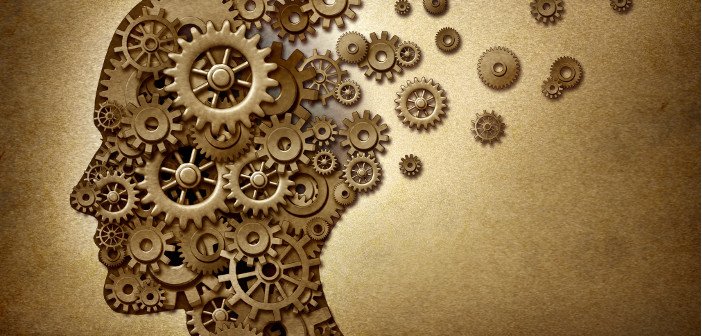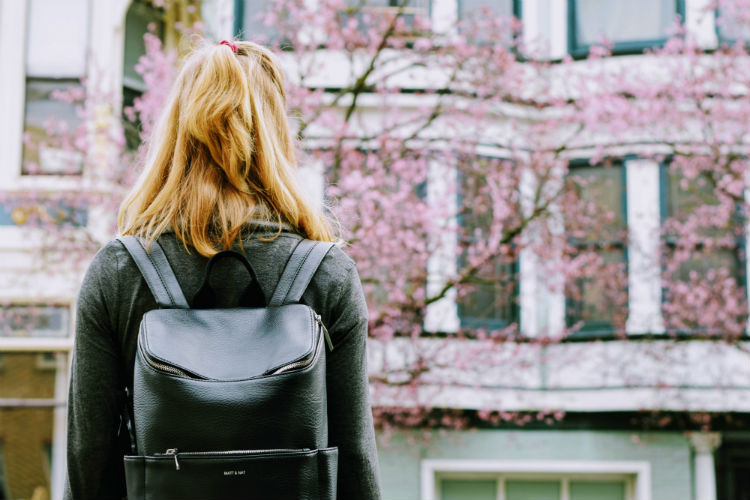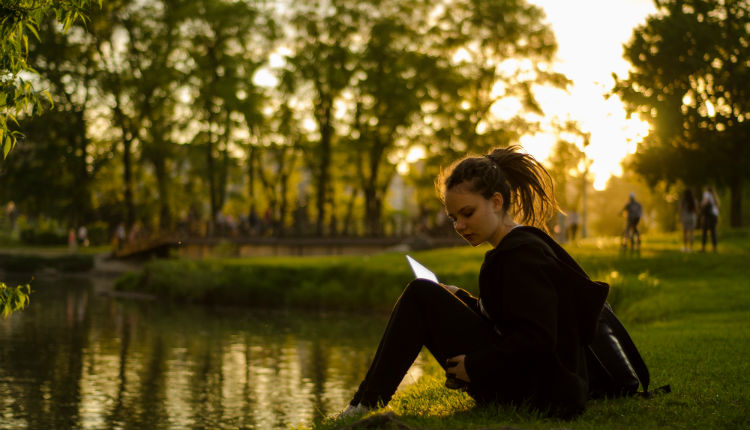What Is Mindfulness, Really?
Mindfulness, like the words epic, literally and freedom, is on the verge of meaning nothing at all. Well-meaning overuse and misunderstandings about its origin abound, and we’re all a little diminished by the loss. The word hasn’t been in the mainstream that long, but it’s everywhere now. So what does it mean?
The concept of mindfulness is extremely simple, but the state of mind it describes is challenging to find and even harder to maintain. If you’re “doing mindfulness” like most people, you might be doing it wrong.
What Mindfulness Is Supposed to Be
Let’s go as simple as we can and then work backward. In a nutshell, mindfulness is nothing more than remaining fully conscious and aware. It is about living in — not for — the present moment. It’s about paying attention.
The heart of mindfulness is becoming and then remaining fully aware of all the thoughts and emotions that flow through our mind, body and spirit. This requires that we not judge or condemn these feelings when we become aware of them. We have to acknowledge and honor them as tools, or markers, on our progress as human beings.

Our thoughts and feelings can teach us about ourselves and the world we live in, but they can’t be allowed to rule us. Real mindfulness means achieving an objective awareness of your own conscious and unconscious mind. It doesn’t mean worrying about the future or dwelling on the past.
If you’re feeling a little lost, don’t worry. We’ll talk about some practical ways to explore and achieve mindfulness. For a useful illustration of what this can mean, however, consider this quote from Steve Grand’s book Life and How to Make It: “(Think) of … something you remember clearly … as if you were really there. After all, you really were there at the time, weren’t you? How else could you remember it? But … you weren’t there. Not a single atom that is in your body today was there when that event took place. Every bit of you has been replaced many times over.
“The point is that you are like a cloud: something that persists over long periods while simultaneously being in flux. Matter flows from place to place and momentarily comes together to be you. Whatever you are … you are not the stuff of which you are made. If that does not make the hair stand up on the back of your neck, read it again until it does, because it is important.”
All life exists in a transient state. That truth can haunt us if we let it. Mindfulness is the calm-of-mind that arises out of gratefulness that a few elemental particles briefly came together to become us.

What Mindfulness Is Not
The picture isn’t complete until we acknowledge what most people mean when they talk about mindfulness. Usually, they think one or several of the following things:
- Mindfulness is about banishing negative thoughts or energy.
- Mindfulness requires membership in a structured religion.
- Mindfulness is about detaching from waking life or the world you know.
- Mindfulness is about emptying the mind or becoming complacent or compliant.
- Mindfulness requires that you set aside time for meditation.
The human mind is a powerful thing and will tie itself up in knots of stress, exhaustion, unhappiness and worry if we let it. People have come to think of mindfulness as a kind of purge mechanism. We sit down, cross our legs and for 15 minutes of meditation at a time, we achieve mindfulness by exorcising negativity and forgetting our responsibilities. That’s all well and good, but that negative energy and those responsibilities will still be there waiting when you stand up and continue with your day.
Mindfulness isn’t about forgetting ourselves and our lives for a few minutes. It’s about taking an ongoing emotional and spiritual inventory and appreciating the world more fully. We can do this as we commute to work, in quiet or chaotic settings, at home or out on the town, and whether we’re taking rigorous exercise at the gym or doing yoga at home. We can also do it while meditating.

How to Practice Mindfulness
Mindfulness is a skill, which is why we say it takes practice. The more you do it, the better able you’ll be to implement it anytime and anywhere. It takes concentration and attention, but it only gets easier with time.
Here are some ideas and questions to get you started:
1. Become Aware of Other People
What happens as you approach a stranger from a distance, perhaps on a sidewalk or in a grocery store aisle?
We are constantly surrounded by friends, family members, partners and perfect strangers. How do these people move around and carry themselves? Observe their hair, clothes, expression, body language and demeanor. Do they look excited? Tired? Happy to be here? Do not judge what you see — you are a passive but interested observer.
This type of mindfulness will make other people feel more real and alive to you and help place your own existence in context.
2. Become Aware of What Life Has to Offer
The phrase “stop and smell the roses” has some literal and metaphorical significance here.
Do you pay attention to the textures and smells of the food you eat? Can you pick out individual flavors in complex dishes? Do you notice trees and flowers as you pass them by? What shape are the leaves? How many insects can you count from where you’re standing, all going about their business? How does the breeze or the sunshine feel on your arms and your face? What does the morning air feel like as it fills your lungs?

3. Become Aware of Yourself and Your Unconscious Behaviors
What does your body do when you’re not paying attention to it? Can you feel your blood pressure rise while you’re waiting in line? Do you crack your knuckles or tap your feet compulsively? What does impatience or uncertainty feel like, and how does it manifest in your body?
As you’re moving through life, see how many things you can notice that never drew your attention before. How does the pavement feel under your feet? Which muscles are engaged while you’re sitting, standing or walking? Can you pick out every noise in the soundscape around you? How does the world affect you in ways you never noticed?
Mindfulness for a Mindless World
Mindfulness is a skill we can practice at any time and in any place. However, while it doesn’t require meditation, this is a skill worth investing in. It helps mindfulness come more easily, even in moments when we can’t sit quietly and center ourselves.
Studies show that mindful meditation can help reduce stress, decrease feelings of depression, increase focus and increase cognitive flexibility. There’s a reason why it’s often incorporated into addiction treatments, but you don’t need a substance abuse disorder to benefit. Not by a long shot.

There’s a reason why guided meditation audios or videos focus so much on breathing: Breath is life. Focusing on it is centering and calming. It puts us in contact with the physical reality of all creation, beginning deep within our own bodies.
To put it another way, we all tend toward mindlessness. Centering ourselves through deliberate meditation, or by focusing on the present moment, provides an anchor. Without that anchor, we are listless and uninspired and prone to distraction, disappointment and discontentment. We become slaves to every moment and our reactions to them, instead of masters over them.
Mindfulness is an answer to the default state of the human mind. We regret yesterday, dread tomorrow and try to skate through each of the moments in between with as little unpleasantness as possible. Modern life can be numbing and anxiety-inducing, and many of us wish away many of our waking moments because we’re ready to move on to the next one.
Mindfulness provides an answer — and it takes work to get there. It’s a way to rediscover your zest for life and witness its wonders, excitements and even its pitfalls with a fresh appreciation and a sense of calm. You’re not running away from the fray — quite the opposite. You’re creating an oasis of peace in a desert of chaos and remaking your world from the inside out.
